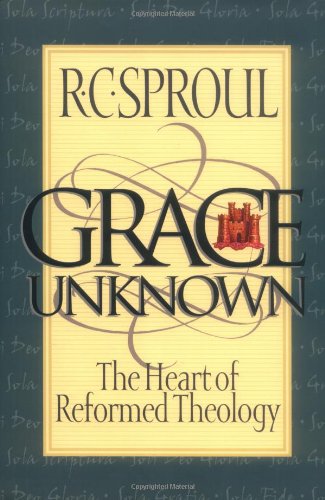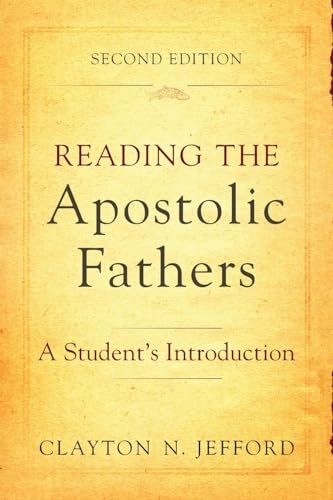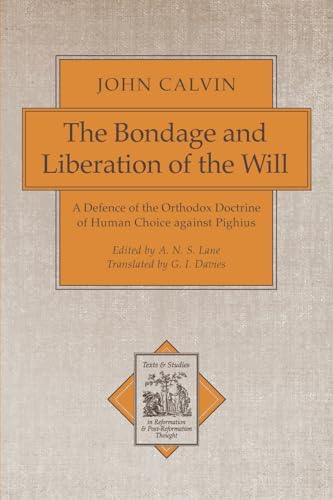Pilgrimage Pattern in Exodus, JSOTS
Written by Mark S. Smith Reviewed By Walter MoberlyThis monograph has two primary purposes. One is to promote a positive view of torah, especially among Christians who in a variety of ways downplay or even denigrate that which they all too easily label as ‘law’. The introductory chapter has many illuminating remarks in this context (Smith makes clear that as a practising Roman Catholic married to an observant Jew he is rooted in traditions which are in principle disposed to a positive assessment of torah).
The other purpose is to take seriously the book of Exodus as a canonical whole, where the whole is more than the sum of its parts. Smith in no way denies likely complexity of source and tradition-history underlying the canonical text. Indeed there are may pages arguing in detail the nature of a priestly redaction of older material which gave shape to the book as a whole. But the purpose of the analysis is to enhance, rather than detract from, an understanding and appreciation of the end product. More specifically, Smith argues that the priestly editing has been shaped by the pattern of Israel’s regular pilgrimages to the temple at Jerusalem, so that the basic movement in the book of Exodus of Moses and Israel to God’s holy mountain, Sinai, is a typological portrayal of Israel’s pilgrimages to encounter God in the holy mountain of Zion.
Overall it is an interesting and suggestive thesis, standing in significant ways within the wider contemporary context of moves towards ‘canonical’ readings of the biblical text which presuppose but seek to move beyond conventional pentateuchal criticism. In places it has a rather Ph.D-ish feel, surveying debates and sometimes repeating itself, but it is clearly written and does contribute to an understanding of the biblical text.
My main reservation is that, despite his clear concern to relate the study of the biblical text to contemporary communities of faith, Smith’s actual handling of the text replicates the same positivism of method which has made so much pentateuchal criticism thin and disappointing. The numerous possible hermeneutical implications of Smith’s thesis that the journey to Sinai is a type of Israel’s pilgrimages to Jerusalem are only hinted at, and not substantively developed. In short, there is no memorable exegesis and interpretation. The book points in a promising direction. But the journey to encounter with God remains a long one still to be made.
Walter Moberly
Durham University







